Spring is here, and love is in the air for our backyard birds! After a long winter of subsisting on seeds and berries, birds need a new menu in spring. Soon they will be mating, nesting, laying and hatching eggs, and hunting from sunrise to sunset to feed their newborn chicks. That takes a lot of energy, and it requires a special diet.
Baby birds can’t eat seeds or berries. They need the protein and other nutrition found only in insects. And, though baby birds will eat a variety of insects, their favorite food is caterpillars, the larvae of moths and butterflies. Caterpillars are soft, easily digested, and loaded with nutrients. Bird parents need thousands of caterpillars to raise even a single clutch of babies. Where are all those caterpillars to be found?

Photo: Doug Tallamy
Caterpillars, quite literally, grow on trees – but only on native trees! For example, not one species of caterpillar has been observed growing to maturity (to become a moth or butterfly) on Norway Maple, a non-native tree. A bird searching for caterpillars on a Norway Maple will find nothing to feed her babies. In contrast, many native trees are hosts for hundreds of different species of caterpillars, so they produce lots of bird food.
Among native trees, some species are much more productive hosts than others. Recent studies have ranked native tree species for their ability to host caterpillars. So, which are the best trees to have around if you want to feed the birds?
Oak
The undisputed MVP of caterpillar-producing trees is the native Oak (Quercus spp.). You cannot go wrong planting a White Oak (Quercus alba), Red Oak (Quercus rubra), Scarlet Oak (Quercus coccinea), Pin Oak (Quercus palustris), Bur Oak (Quercus macrocarpa), or any other Oak tree native to our region. Oaks are host plants for over 550 species of caterpillars! Think of Oaks as the grocery store for bird families.
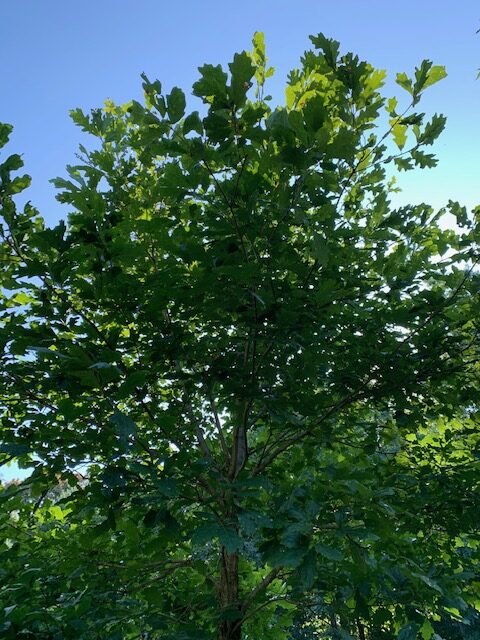
Willow
Second only to Oaks as caterpillar factories are the small trees in the Willow family. Pussy Willow (Salix discolor) is a great garden plant and hosts over 450 species of caterpillars. (The familiar weeping willow tree, however, is not native to North America and is not a host plant.) Our recent blog post found here is full of information about Pussy Willow.
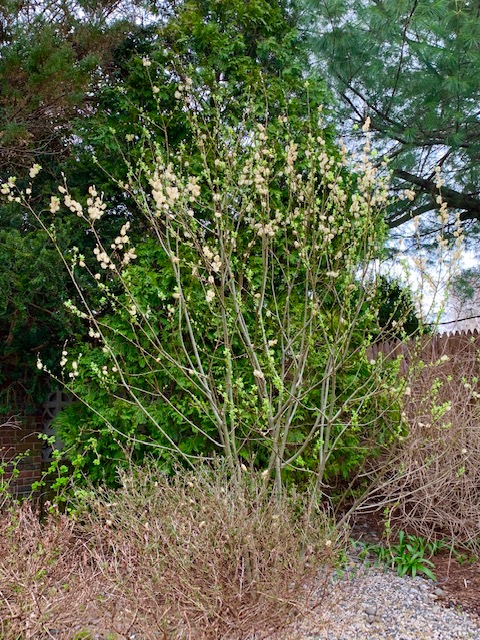

Black Cherry
Our native Black Cherry tree (Prunus serotina) and the closely related shrub, American Plum (Prunus americana), are essentially tied with Willows as caterpillar producers, with over 450 known species using their leaves as hosts. Both also produce fruit that adult birds enjoy in the summer. Black Cherry is not often planted, but if you have one in your yard, take good care of it, and the birds will thank you. American Plum has beautiful flowers, can form a dense thicket, and is a great shrub for a privacy screen if you have some space.
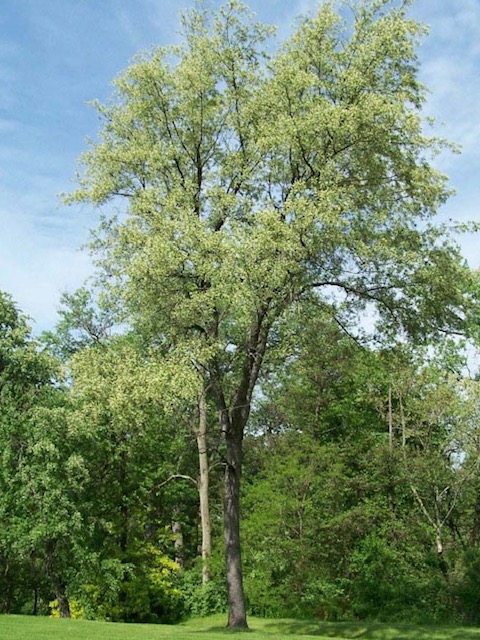
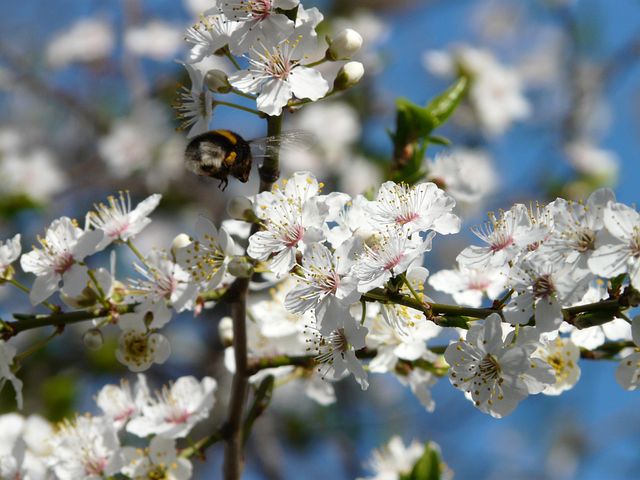
Birch
Native birches are next in line as caterpillar producers, hosting just over 400 species of moths and butterflies. River Birch (Betula nigra) is a favorite as a landscape plant, and its crazy bark holds a variety of insects that attract woodpeckers all winter. Chickadees, warblers, wrens, and many other songbirds hunt and find caterpillars in the leaves of birch trees.

Photo: Mia Edwards
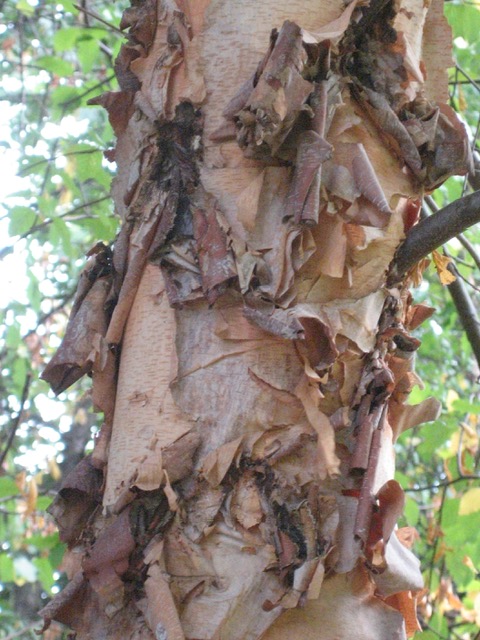
Apple
Malus, the apple tree family, hosts over 300 species of caterpillars and includes the lovely crabapples that bloom so profusely in late spring. Crabapple is another caterpillar host that is of equal value to native bees because of the pollen and nectar provided by its flowers.
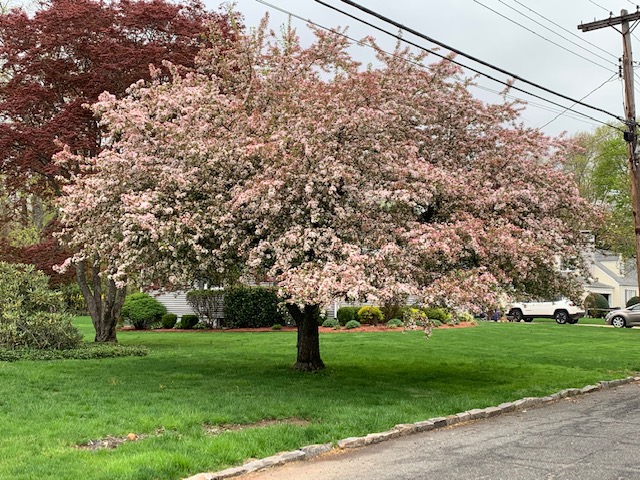
Maple
Our native Red Maples (Acer rubrum) and Sugar Maples (Acer saccharum) host 285 species of caterpillars and are gorgeous shade trees. But be sure to choose one of these natives rather than a Japanese Maple or the invasive Norway Maple, which do not host native insect species at all.

White Pine
It may surprise you to know that even our native White Pine (Pinus strobus) is an impressive larval host to moths and butterflies. Over 200 species of caterpillars develop on the needles of native pines, and many of them over-winter on the tree. If you watch carefully, you may spot birds combing the branches of pines and making trips back to their nests with juicy caterpillars for their babies.
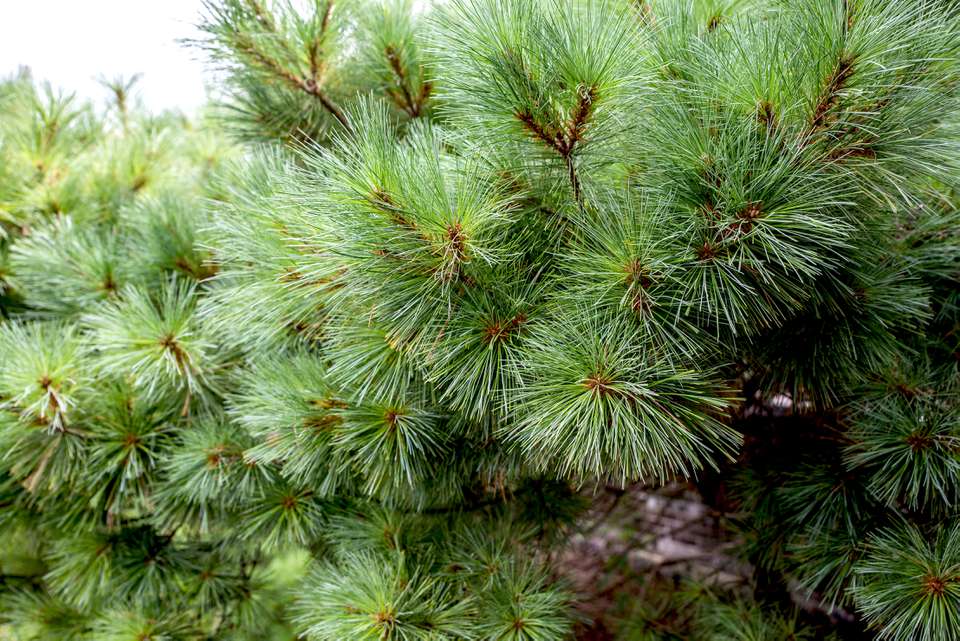
It is often said that trees are essential to life. They pull carbon dioxide from the air and store it for years. They produce oxygen, manage storm water, improve soil, provide shade, and shelter so many animals. It is easy to forget, however, that their leaves also feed the little wiggly creatures that make life possible for all of our beloved birds. Our choices – which trees to plant, which to take down, and which to care for – have a huge impact on the world around us. Choose wisely!

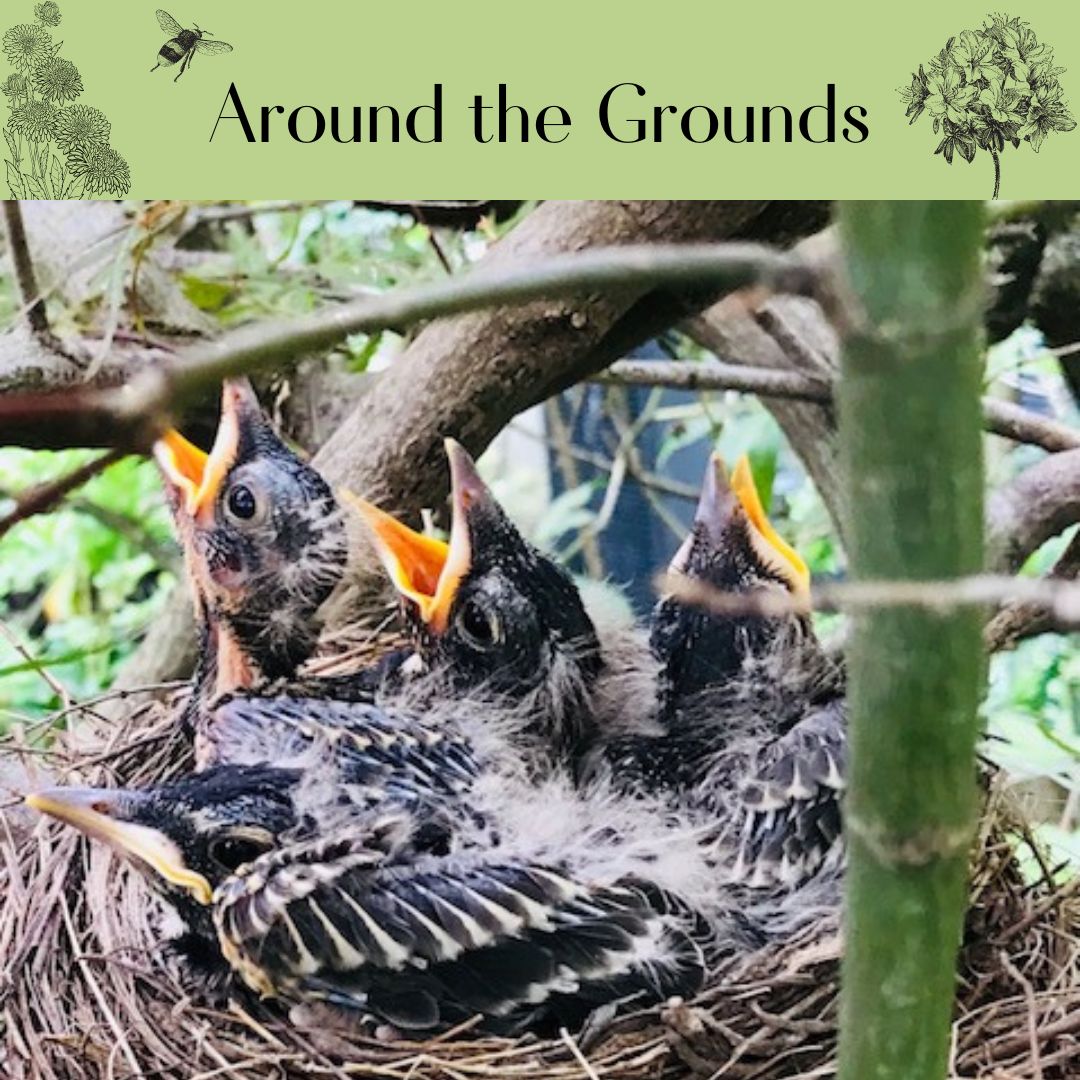
Oh Cathy, you are the best! I will definitely be sharing this wonderful post!
Lynne
Thanks, Lynne. I hope it’s useful to your network of nature lovers!
Very helpful information as I haven’t thought much about trees as part of the larger native plant concept and priority. Luckily, we have a lot of oaks and maples.
You probably have a good bird population, too!
I never knew that native trees host sooo many caterpillars and that you won’t find them on non natives like the Norway Maple. Yet another reason why native is so important. We need to feed our baby birds! Thank you for this insightful blog post Cathy.
Great blog today! So much information. David
Than you, David!
I had no idea that pine was such a good host to native insects! It looks so inhospitable from the outside, but cool to learn that isn’t true!
It is surprising! But the adaptations between insects and native plants often are!